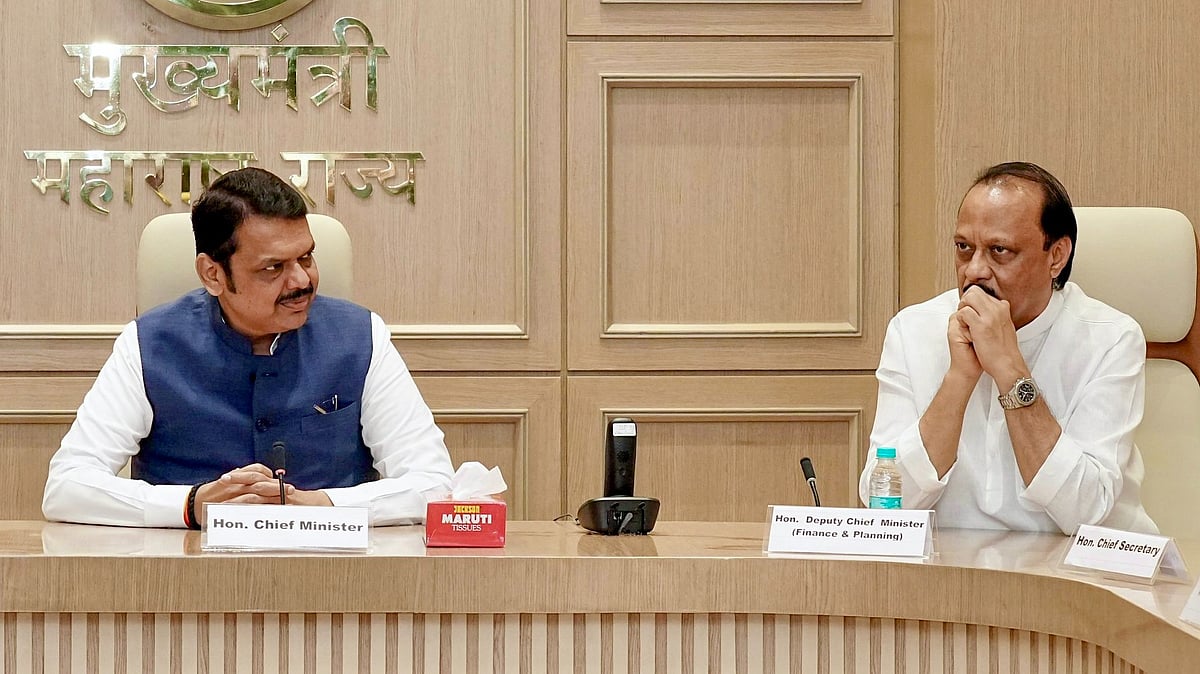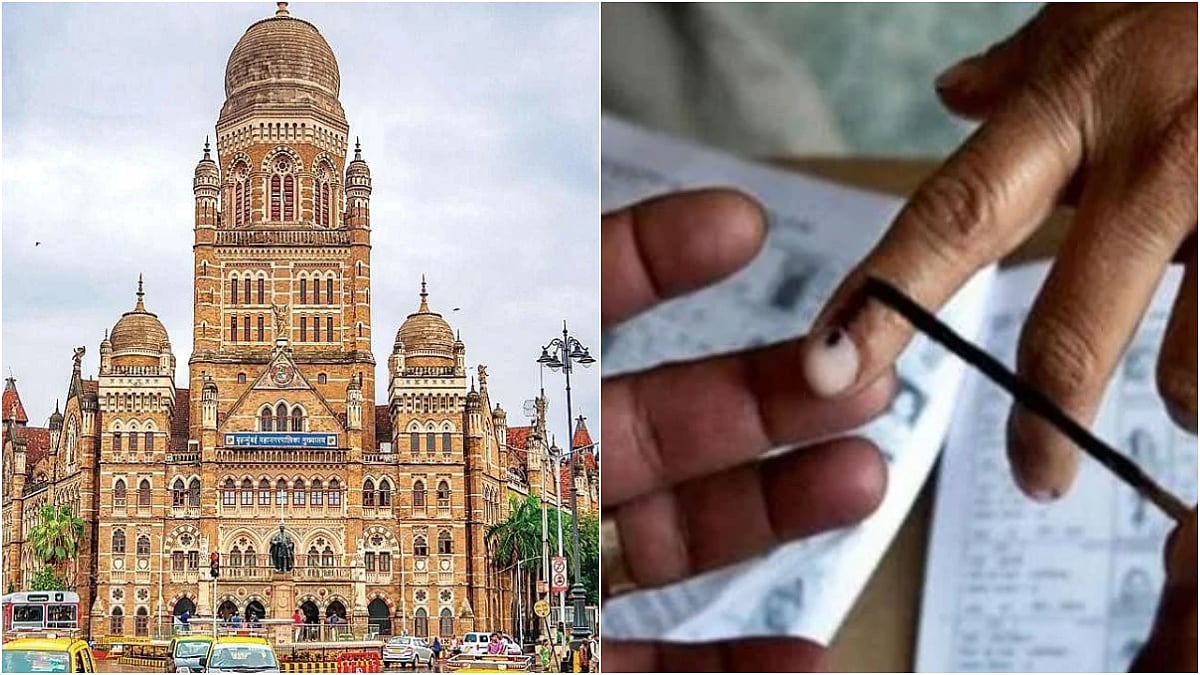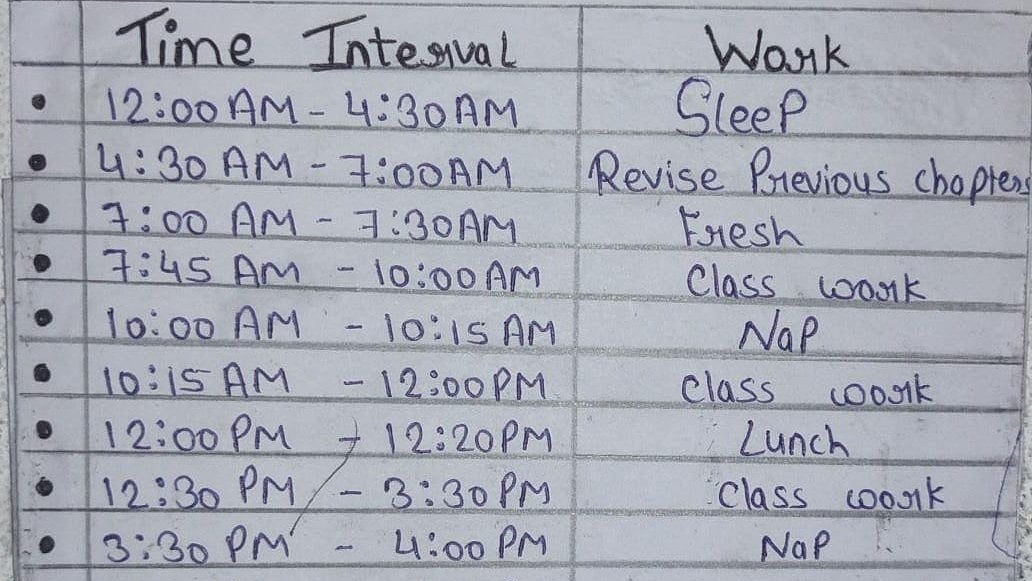New Delhi: National Council of Education Research and Training (NCERT) survey released its annual results, which revealed some interesting findings on the state of schools and students across India.
The state of mental health among students
The NCERT survey stated that 29% of schoolchildren struggle with concentration, and 43% of sixth through twelfth graders experience mood fluctuations. Additionally, while over 45% of students are dissatisfied with their body image, 73% of students are content with their school life.
According to data from the NCERT mental health survey, study, exams, and results are key causes of anxiety for 81% of survey respondents. While 43% of all participants said they could easily adapt to changes, middle school students responded more favourably (46%) than secondary students (41%). According to the report, 51% of students find it challenging to learn online, and 28% of respondents are reluctant to ask questions.
Over 3.79 lakh students from 36 states and UTs participated in the NCERT survey, which was conducted. To better understand how school pupils view issues relating to their mental health and well-being, the Manodarpan Cell of the NCERT undertook the task of conducting the survey.
Between January and March 2022, it gathered data from students of both sexes in the middle state (6–8) and secondary stage (9–12) grades. The name column was made optional to ensure participant anonymity, giving pupils the comfort, privacy, and flexibility to respond, according to the NCERT.
Performance of students in English, Hindi, and other subjects
The NCERT survey also showcased the performance of students in various subjects, taught in schools.
These results were made public by the council in a poll dubbed "Foundational Learning Study 2022," as one of the categories in the survey. Nearly 86,000 third-grade students from 10,000 schools, both public and private, participated in the survey.
The survey found that in subjects such as English, Hindi, and Math, 34%, 25%, and 10%, of pupils exceeded the global proficiency level. Bihar students were found to be the most efficient in Math. Despite the silver lining in the subject of Math, the survey also came to the conclusion that 11 percent of students nationwide, lacked basic skills in the subject.
The purpose of the study was to identify the fundamental language and numeracy learning levels of Class 3 pupils in order to develop interventions that were appropriate.
Language skills of students also assessed
Twenty languages that are utilised as the primary language of instruction in different states and Union Territories were tested for literacy (language) proficiency as part of the study. Assamese, Bengali, Bodo, English, Garo, Gujarati, Hindi, Kannada, Khasi, Konkani, Malayalam, Manipuri, Marathi, Mizo, Nepali, Odia, Punjabi, Tamil, Telugu, and Urdu were among them.
The number of pupils in the sample varied by state and language. Students who took the Bengali or Malayalam test, for instance, were from West Bengal or Kerala, respectively.
However, all states and UTs tested people's English language proficiency. In 18 states and UTs, including Delhi, Rajasthan, Madhya Pradesh, Maharashtra, and Assam, Hindi was tested.
In English, 34% performed better than expected globally, while 15% "lacked the most fundamental grasp of the language." 25 percent of students excelled at Hindi, compared to 21 percent who lacked foundational knowledge.
Punjabi was found to be the regional language that Class 3 students understood the best out of all others. 47 percent of Punjabi pupils scored above average in the study, indicating that they were very proficient in reading, writing, and speaking the language.
The results were not as good for other regional languages as they were for Punjabi. The majority of pupils could either fully or partially satisfy global expectations, which means they could perform the majority of basic level tasks in the language.
Students from Bihar, West Bengal excel in the number games
Only 10% of pupils nationwide were able to "above expectations" in math, with the majority of students falling into the average-performing range. According to the report, 42% of students "met the global minimum standard" or could perform basic math operations. Thirty-seven percent of pupils only finished half the job because they were only moderately adept in the topic, and 11% of students lacked a fundamental understanding of math.
The proportion of kids in Bihar who excelled in math is the highest. The category of "exceed expectations" had 17% of the state's students. Bihar was closely followed by West Bengal, which had 16 percent of those votes.
School enrollment expected to dip by 2025
The NCERT survey raised the alarm about school enrollments dipping by 2025 owing to population decline in the age group of six to sixteen years.
The study, "Projection and Trends of School Enrolments by 2025," also reported an exponential rise in enrollment of more than 900% and an increase in the admission of female students of over 1000% between 1950 and 2016.
“In census 1991, the proportion of child population in the age group 0-6 years to the total population was about 18% which declined to 13.12% in census 2011. The proportion of the girl child population also declined from 18.12 to 12.93% from 1991 to 2011. As a result, the (overall) gap between enrolment and population also decreased,” it added.” the study said.
The study found that enrollment at the upper primary level started to decline after 2016, whereas enrollment at the elementary stage started to decline after 2011.
Upper primary refers to Classes 6 to 8, secondary refers to Classes 9 and 10, while primary stage refers to Classes 1 through 5.
According to the report, enrollment in the relevant age group is predicted to decline by roughly 14.37% between 2011 and 2025. It was noted that of this, the enrollment of boys is predicted to drop by 13.28% and that of girls by 15.54%.









